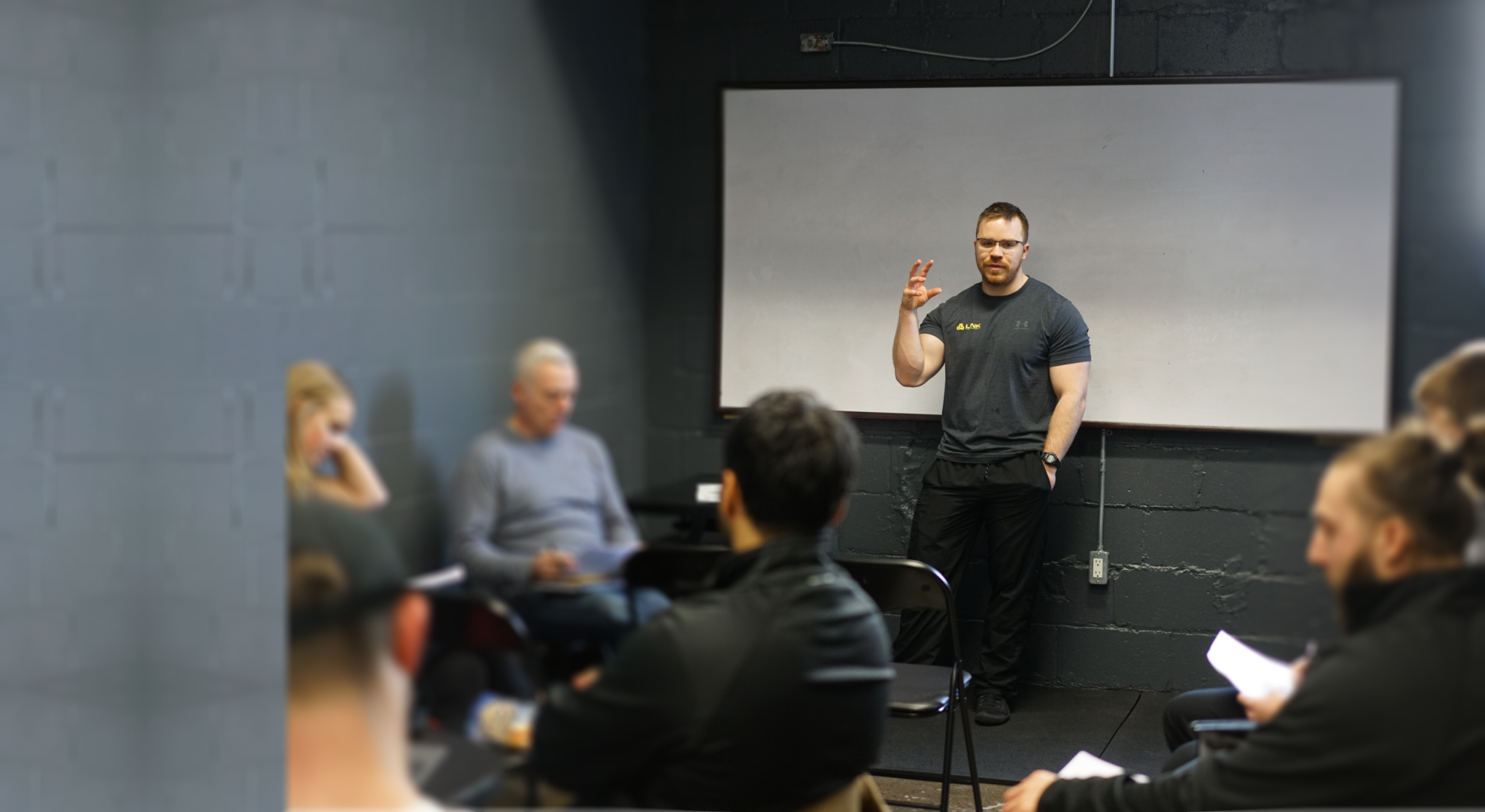03 Aug Growing Your Business with Optimal Office Design
One aspect of business that often gets overlooked but is critically important to success is the practice layout.
Whether you have a solo practice with 1 room or a multi-room clinic a well-designed atmosphere and layout can dramatically impact patient flow & their experience.
I learned this very early on when I was renting rooms for my solo practice. I kept my rooms clean and organized but was not able to influence outside of the rooms as per my contract.
The clinic operated in a basement of a gym and there was essentially a non-existent waiting room that was in a hallway with terrible fluorescent lighting and worn-out carpets.
To me felt like you were in detention not waiting for a medical service.
I had many patients tell me, “I appreciate you helping me but the place is a dump.” Frankly, this was embarrassing even though I didn’t have control over being able to change it, I always felt bad.
I always kept this in mind and when I opened my own practice and stopped renting, I made sure to invest in creating an inviting atmosphere that people actually looked forward to and I could be proud of.
While I was consulting and working inside clinics this topic was almost NEVER addressed and when I would bring it up as part of a marketing plan/budget the owners would look at me like I was crazy.
Unfortunately many clinics I worked with just didn’t get that part of their problem is not only inefficient for patient flow but also their clinic was just not a place people want to spend time.
Design should be a part of your marketing budget and carefully planned out,
This week we will be covering optimal office design and key components you must include maximizing your business.
In this week’s value-packed expert interview, you’ll learn…
– How to maximize your space and patient flow
– How you can actually attract higher-quality new patients
– 3 Key components to an optimal office design
– Commonly overlooked design and flow flaws that cost you time and money
– The unique 6-step foolproof design process


